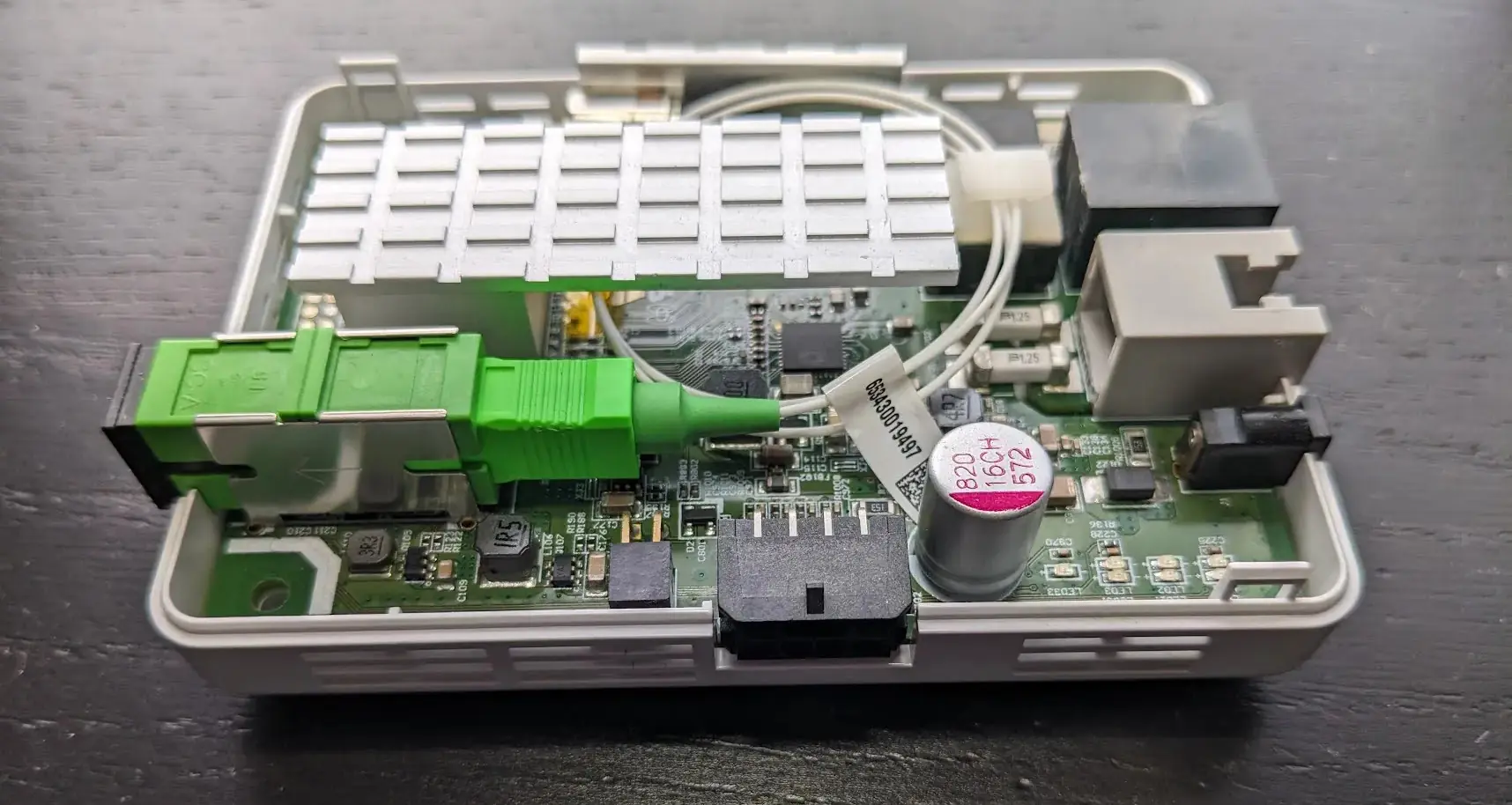
Adtran Fiber ISP Hacking
Adtran 411 Security Audit Adtran produces equipment for fiber ISPs. I was provided an Adtran 411 by my current ISP for Internet access and decided to take a deep look into it. Hardware The Adtran 411 is a small GPON fiber ONT (Optical Network Terminal) designed to give symmetrical gigabit fiber Internet to SOHO users. It connects to the ISP via a GPON uplink and provides the user a normal ethernet RJ-45 connector to plug their router into and a RJ-11 port for a landline to be tunneled over VOIP. ...

